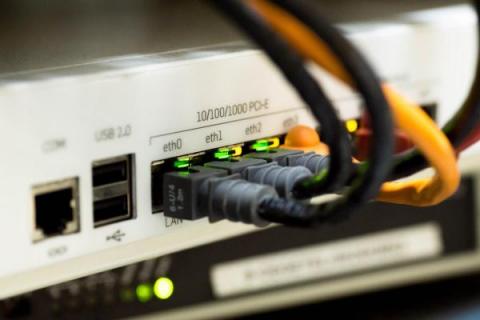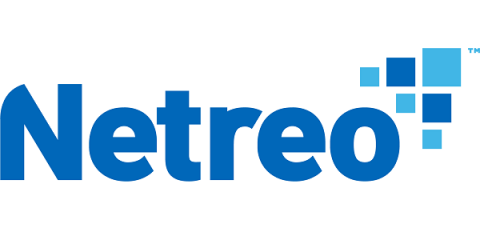Looking Beyond SNMP
In a previous blog post, we dove into the wayback machine and looked at Simple Network Management Protocol (SNMP) Traps – a technology that allows devices (including network devices) to send alerts when specific thresholds have been reached. In this post, we are going to be a bit more forward looking and discuss some technologies that will, in theory, replace SNMP. It is important to keep in mind that the demise of SNMP has been predicted for years (actually decades).










